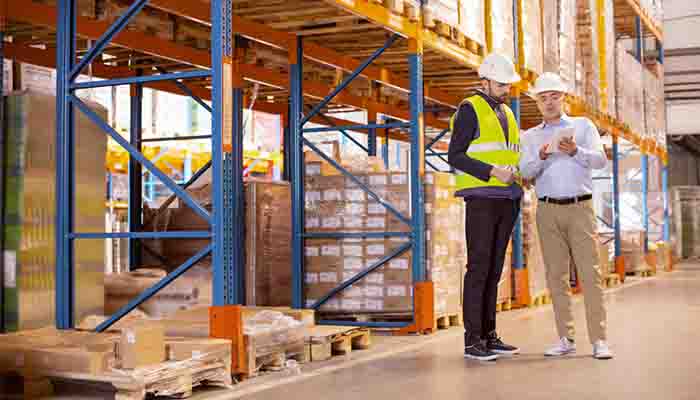(Commonwealth) _ Freight transportation is an integral part of the global economy. The movement of goods from one place to another is essential for businesses to function, and it has become increasingly important in the last decade as e-commerce has grown. However, hopes for a freight comeback are failing due to an inventory shortage.
The inventory shortage has been a result of several factors, including the COVID-19 pandemic, supply chain disruptions, and labor shortages. As a result, many businesses have struggled to maintain their stock levels, and the supply chain has become clogged, resulting in delays and increased costs.
The shortage has been felt across several industries, from retail to construction, and it has hit the freight industry hard. With businesses struggling to get the supplies they need, there has been a decrease in demand for freight transportation. This decrease in demand has led to a decrease in freight rates, and many companies have been struggling to make ends meet.
The shortage has also affected the trucking industry. Many trucking companies have struggled to find drivers, and those that have been able to find drivers have had to pay higher wages to retain them. The shortage of drivers has resulted in longer delivery times, which has led to increased costs for businesses.
The inventory shortage has had a ripple effect across the entire supply chain, with businesses struggling to maintain their stock levels and meet the demand of their customers. This has resulted in increased competition for available inventory, which has driven up prices for the goods and supplies that businesses need. As a result, many businesses have been forced to pay more for their supplies, which has led to a decrease in profitability.
This decrease in profitability has made it difficult for businesses to invest in growth and expansion, further reducing the demand for freight transportation. Without the resources to expand and develop new products or services, businesses have less need for transportation to move their goods. Moreover, the shortage has also had a direct impact on consumers. With businesses struggling to maintain their stock levels, many products have become difficult to find. When products are in short supply, consumers are forced to pay higher prices for them. This has led to a decrease in consumer spending, as many people are unable or unwilling to pay the inflated prices. This decrease in consumer spending has further reduced the demand for freight transportation.
To address the inventory shortage, various initiatives have been launched. Increased investment in infrastructure, such as new roads and ports, can help to streamline the transportation of goods and reduce the time it takes for them to reach their destination. Increased funding for education and training programs can also help to address the labor shortages by providing workers with the skills and knowledge they need to work in the supply chain industry.
The implementation of new technology can also help to streamline the supply chain, making it more efficient and reducing the chances of disruptions. For example, the use of predictive analytics can help businesses to anticipate supply chain disruptions and take steps to mitigate them before they occur.
However, these initiatives have yet to make a significant impact on the inventory shortage. Addressing the shortage will require a sustained effort from all stakeholders, including businesses, government agencies, and industry organizations. It will require a willingness to invest in the necessary infrastructure, education, and technology to create a more resilient and efficient supply chain.In conclusion, hopes for a freight comeback are failing due to an inventory shortage. The shortage has been caused by several factors, including the COVID-19 pandemic, supply chain disruptions, and labor shortages. The shortage has led to decreased demand for freight transportation, which has resulted in decreased freight rates and increased competition for available inventory. The shortage has also affected the trucking industry, with many companies struggling to find drivers and increased costs. To address the shortage, increased investment in infrastructure, education and training programs, and the implementation of new technology will be necessary. However, it may take some time for these efforts to make a significant impact on the shortage.








